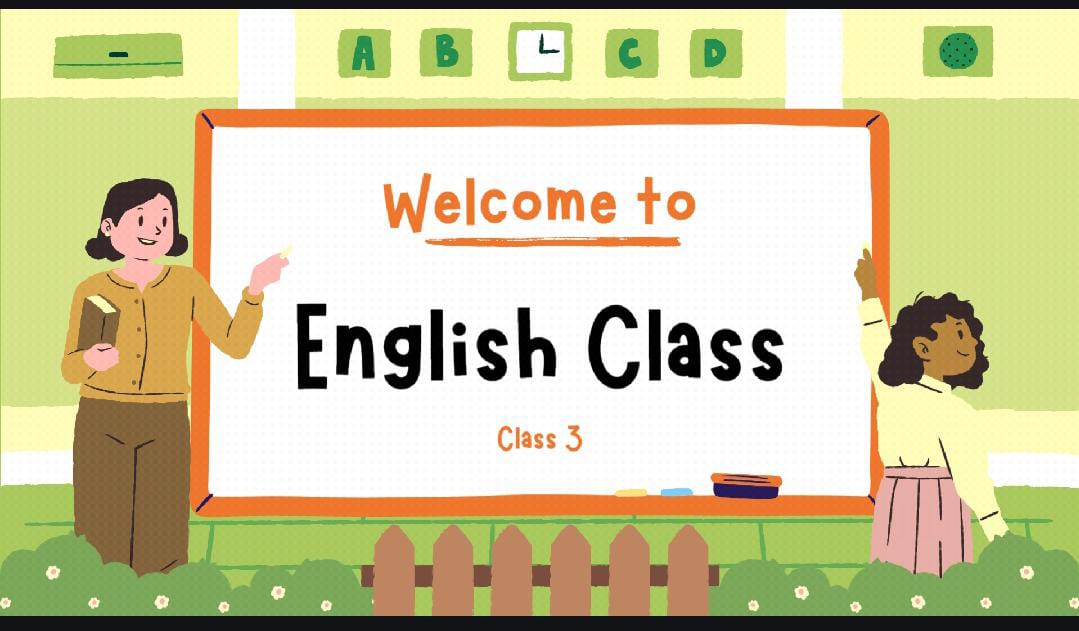NCERT Class III – English

About Course
The Class III NCERT English curriculum is designed to build foundational language skills in young learners. Here’s a general description of what it typically includes:
—
### **Class III NCERT English Curriculum Description**
**Objective:**
The Class III English curriculum aims to develop basic language skills in reading, writing, speaking, and listening. It focuses on expanding vocabulary, understanding simple texts, and improving comprehension and expression.
**Content Overview:**
1. **Textbooks:**
– **”Marigold”**: The primary textbook for Class III, which includes a variety of engaging stories, poems, and plays. It introduces children to different literary forms and themes, often through colorful illustrations and age-appropriate language.
– **”A Pact with the Sun”**: Supplementary text offering additional reading materials that complement the main textbook.
2. **Reading Skills:**
– **Storytelling**: Students read and listen to a range of stories that are meant to enhance their imagination and comprehension.
– **Poetry**: Poems with simple rhymes and rhythms help children develop an appreciation for language and its musicality.
– **Comprehension**: Activities and questions that assess understanding of the texts read.
3. **Writing Skills:**
– **Sentence Formation**: Basic grammar lessons to help students construct simple sentences.
– **Paragraph Writing**: Encourages writing short paragraphs on familiar topics, helping to organize thoughts clearly.
– **Creative Writing**: Simple creative writing tasks such as describing a picture or writing a short story.
4. **Grammar:**
– **Parts of Speech**: Introduction to nouns, verbs, adjectives, and pronouns.
– **Simple Tenses**: Understanding and using present, past, and future tenses in sentences.
– **Sentence Structure**: Basic rules of sentence formation, including subject-verb agreement.
5. **Speaking and Listening:**
– **Conversations**: Activities that promote speaking and listening skills through dialogues and interactive exercises.
– **Storytelling and Recitation**: Encouraging students to narrate stories or recite poems to build confidence and fluency.
6. **Vocabulary Building:**
– **Word Lists**: Introduction to new words and their meanings, with exercises to use them in sentences.
– **Spelling**: Basic spelling rules and common spelling patterns.
**Assessment:**
Students are assessed through a combination of written tests, oral presentations, and participation in class activities. The focus is on both the understanding of content and the ability to express ideas effectively.
**Teaching Methods:**
The curriculum employs a mix of storytelling, interactive games, and visual aids to make learning engaging and effective. Teachers use a variety of methods to address different learning styles and needs.
—
This curriculum is designed to be both educational and enjoyable, helping young learners develop a strong foundation in English that will support their future studies.
Course Content
Chapter 1 – Magic Garden
Chapter 2 – Nina and the baby Sparrows
Chapter 3 – The Enormous trip
Chapter 4 – A little Fish story
Chapter 5 – The Yellow Butterfly
Chapter 6 – The story of the road
Chapter 7 – Little Tiger Big Tiger
Chapter 8 – My Silly Sister
Chapter 9 – He is my Brother
Chapter 10 – Ship of the Desert
Chapter 1 (Poem) – Good Morning
Chapter 2 (Poem) – Bird Talk
Chapter 3 (Poem) – Little by Little
Chapter 4 (Poem) – Sea Song
Chapter 5 (Poem) – The Balloon Man
Chapter 6 (Poem) – Trains
Chapter 7 (Poem) – Puppy and I
Chapter 8 (Poem) – What’s in the Mailbox
Chapter 9 (Poem) – Don’t Tell
Chapter 10 (Poem) – How creature move
Student Ratings & Reviews
